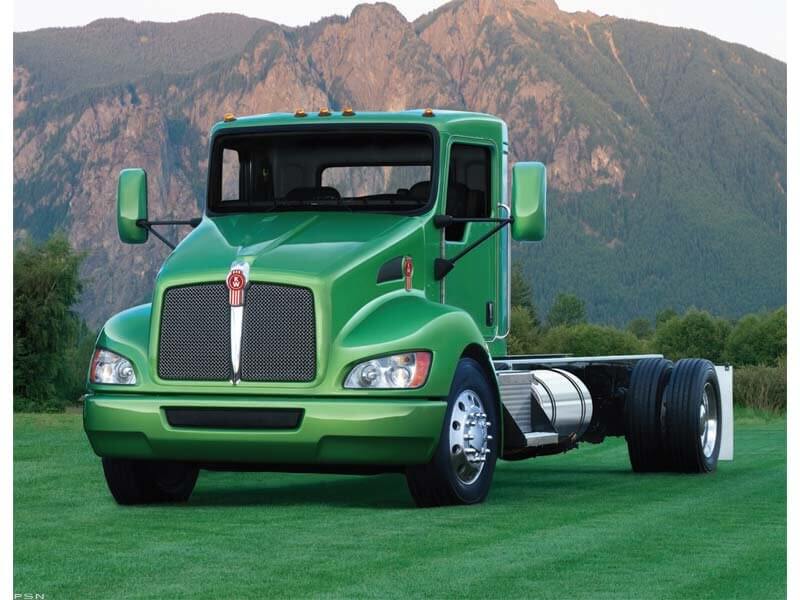Electric & Hybrid Truck Sales Predicted to Double

Is the transportation industry finally embracing this emerging technology, or are industry analysts being overly optimistic?
Pike believes the combined demand in the global market for hybrid / electric vehicles will grow this year at 92%, which compared to last year is nearly double the demand. In the U.S. alone, more than 5,000 of these vehicles will make their way on to the road, mostly for local and regional freight delivery.
In a slowly improving economy, major factors of this increase is because diesel is getting more expensive, many carriers want to build an environmentally-friendly fleet as a public relations push, and of course hybrids neutralize some of the latest government emission regulations. Backing some of these developments, Wal-Mart announced plans to use hybrid delivery trucks to increase the efficiency of their fleet by 25%. Based on independent testing, the fuel savings with hybrid semi trucks would be around $10,000 per year, when compared to similar, non-hybrid models.
In its research report, “Hybrid Medium and Heavy Duty Trucks,” Pike Research forecasted numbers through 2017. The firm expects the market to experience a compound annual growth rate of 42% between 2011 and 2017. In 2017, 100,746 hybrid and electric trucks are expected to sell globally. Large players in trucking have already developed hybrid models, such as Kenworth and Peterbuilt who until now, had been experiencing only moderate sales increases. This will swiftly change, says Pike.
The report indicates that by 2017 more than 20,000 hybrid and electric medium and heavy duty trucks will be sold. That’s a growth rate of around 40% for hybrid and electric truck sales in the U.S. during this time.
There are some obstacles that might stand in the way of growth in sales, however. One of those hurdles is the growing popularity of alternative fueled vehicles, particularly natural gas. Another is the high price tags on hybrid and electric vehicles. HEVs, PHEVs and BEVs all have higher upfront costs that are substantial enough to result in a higher total cost of ownership. Even with lower operating costs ($0.72/mile for diesel versus $0.60/mile for hybrid and $0.22/mile for BEV trucks, according to Pike), the higher purchase price for hybrids and electrics means the trucks aren’t able to recover their costs in a lifetime without government incentives.
“The high price of diesel fuel is really getting fleets to consider alternatives,” says John Boesel, CEO of CALSTART, an organization that supports a growing high-tech, clean transportation industry. “But I think growth rates that are projected here out to 2017 might be a bit aggressive. If they prove true, it’ll be good for national security and the environment, but I think a lot will depend on the investment made by the manufacturers in improving the vehicles and driving down the cost of technology.”
While the hybrid technology that goes into a semi truck is still in the beginning stages, auto makers like Toyota have shown that incredible improvements in performance, appearance and weight can be achieved in just a few years if the company is committed to revising their lines for efficiency.
Have a closer look at the Kenworth Hybrid Diesel model T370.
[youtube url=”http://youtu.be/Lkm_kZOaob4″ title=”Kenworth%20Hybrid%20Diesel%20Truck%20T370″]